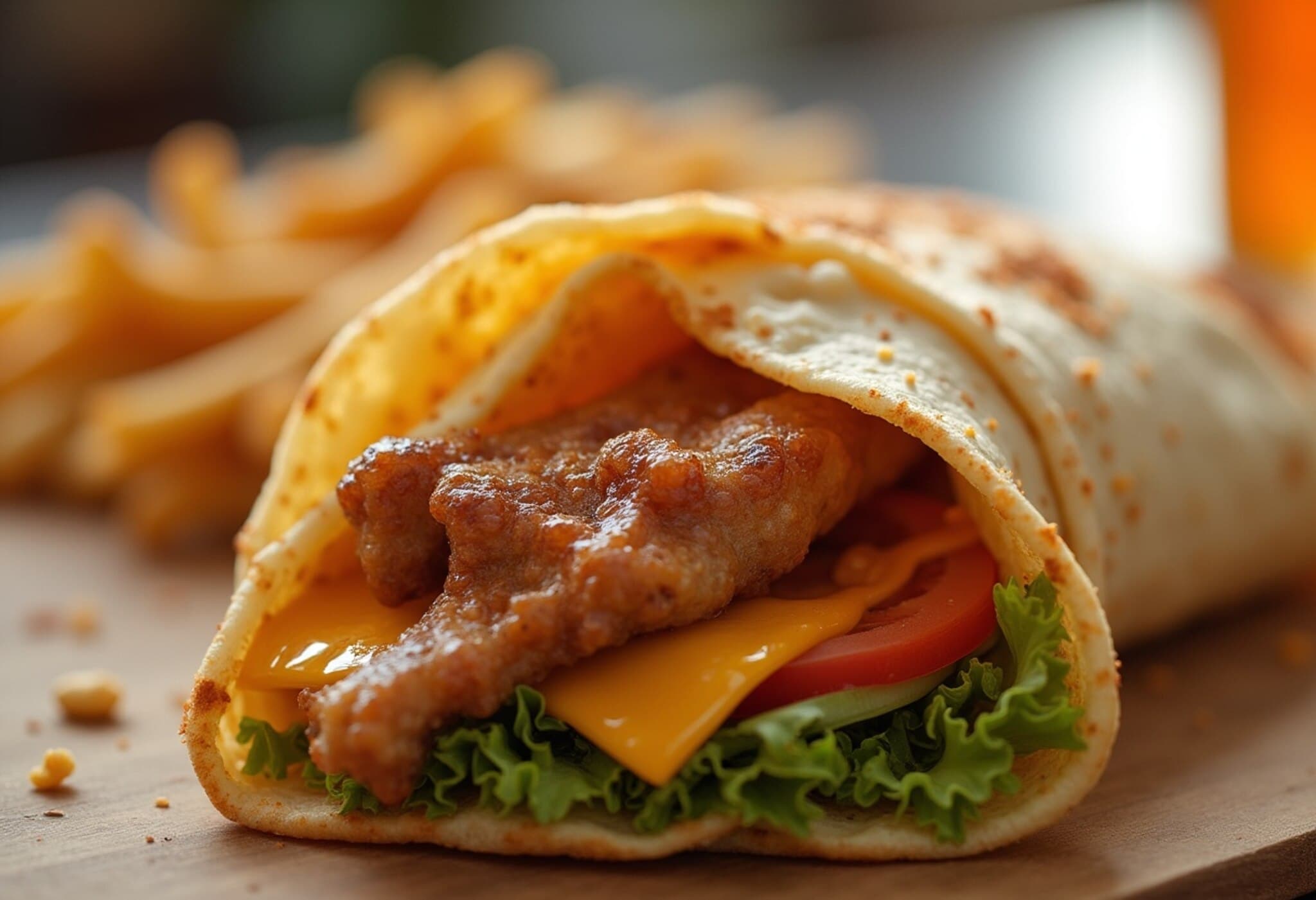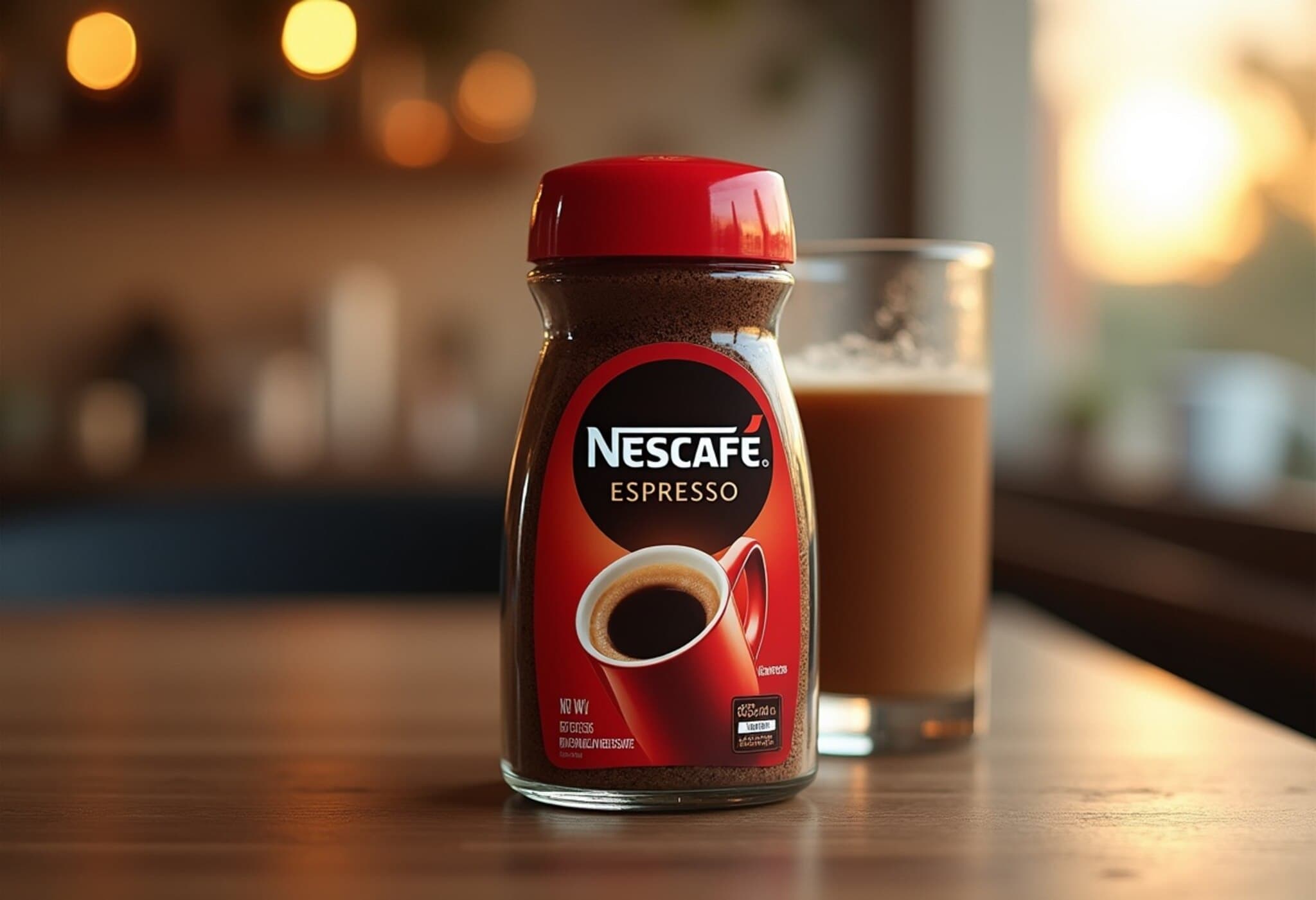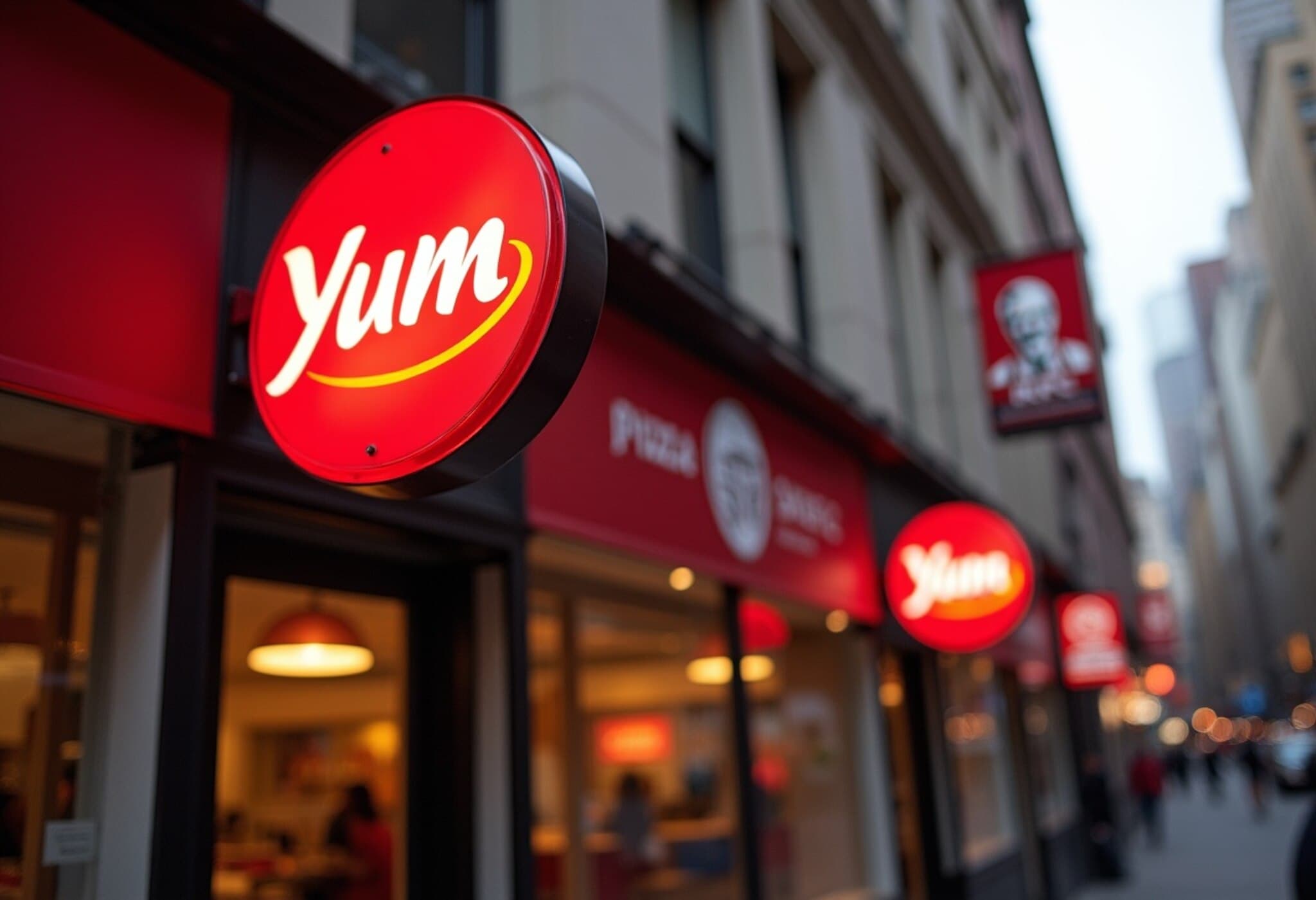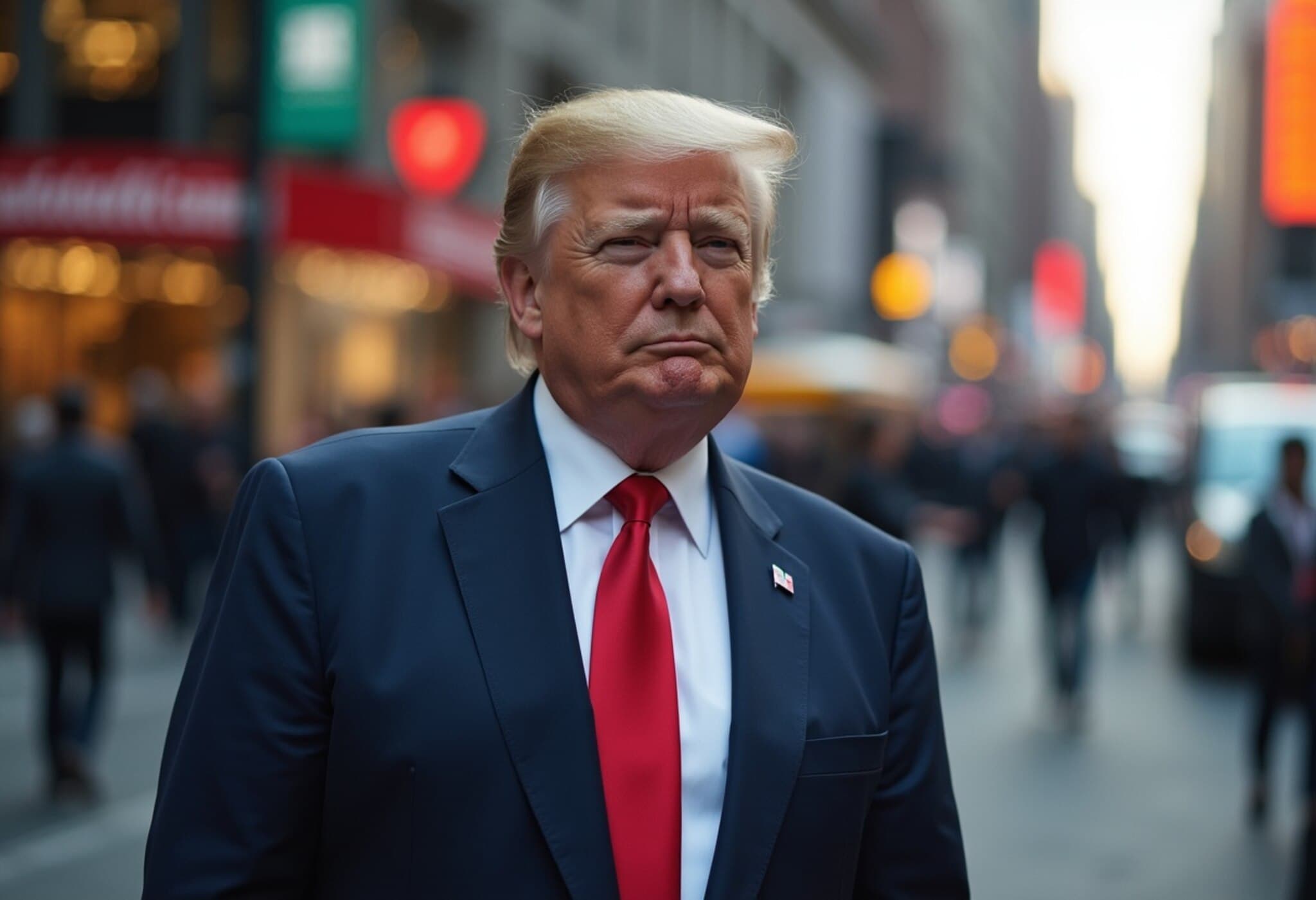Yum Brands: More Than Just Fast Food—A Launchpad for Industry Leaders
When it comes to cultivating leadership in the restaurant world, few companies have the pedigree of Yum Brands. The conglomerate behind iconic brands such as Pizza Hut, KFC, and Taco Bell has quietly evolved into a premier executive incubator — a place where future restaurant CEOs hone their skills before taking the helm at major dining chains.
The Secret Sauce: Leadership Development and Culture
Yum’s reputation as a talent factory isn’t serendipity. According to Sarah Lockyer, chief brand officer at executive search firm The Elliot Group, Yum’s focus on a “people first” and “culture first” leadership philosophy has been a defining factor. This approach has nurtured several industry giants who not only excel within Yum but have gone on to transform other major chains.
Yum’s roots trace back to Tricon Global Restaurants, spun off from PepsiCo in the 1990s, establishing a foundation known for cultivating strong corporate cultures and offering expansive growth opportunities. This legacy continues today, as Yum leverages its vast global footprint and brand power to attract and retain high-potential executives.
From Management Ranks to CEO Suites
Look no further than the illustrious career of Brian Niccol, who began his journey at Procter & Gamble before joining Yum in 2005. Niccol’s innovative marketing endeavors — including Taco Bell’s famous "Live Mas" campaign and the cult favorite Doritos Loco Tacos — cemented his reputation as a visionary. After succeeding Greg Creed as Taco Bell’s CEO, Niccol eventually left Yum to revive Chipotle and then took on the monumental task of turning around Starbucks, where he recently announced results exceeding expectations.
Kevin Hochman is another standout Yum alumnus. Starting as KFC’s chief marketing officer in 2014, Hochman rose to lead both KFC and Pizza Hut’s U.S. operations before departing to lead Brinker International, the parent company of Chili’s and Maggiano’s Little Italy. Under his guidance, Chili’s regained momentum through savvy marketing and menu innovation, which contributed to the company’s stock more than quintupling — a testament to his effective leadership.
Competition Within: The Need to Look Beyond Yum for Growth
Yum’s scale and diversity mean that many talented executives compete intensely for a limited set of top positions. As Lockyer notes, “there can only be one CEO of Yum Brands,” making it natural for some executives to pursue leadership opportunities externally. This dynamic has produced a pipeline of seasoned executives who bring their expertise to other restaurant chains.
Take Julie Felss Masino for example. After serving as Taco Bell’s North America president and leading its international expansion, she left Yum in 2023 to become CEO of Cracker Barrel, illustrating how Yum alumni continue to influence America’s broader restaurant landscape.
Expanding Influence Beyond Restaurants
Interestingly, Yum’s leadership influence extends outside traditional restaurants. A prime example is Artie Starrs, former Pizza Hut Global CEO, who transitioned to become CEO of Topgolf, a leading “eatertainment” venue. Similarly, Tarun Lal, previously president of KFC U.S., was recently appointed CEO of Dave & Buster's to address operational challenges and revitalize growth.
Yum Brands’ Own Leadership Transition
In-house, Yum is gearing up for change as CFO Chris Turner is slated to succeed David Gibbs as CEO in October 2025, marking the end of an era after Gibbs’ 37-year tenure. This transition could herald a period of broader executive reshuffling, potentially opening new doors both within Yum and beyond.
Implications for the Restaurant and Corporate World
- Yum Brands’ leadership development model showcases how large corporations can successfully cultivate executives who impact the wider industry.
- Its ability to export talent highlights a broader trend where top companies function as leadership pipelines, influencing competitive dynamics across sectors.
- The cyclical nature of executives moving between companies drives cross-pollination of innovative strategies and fresh perspectives.
For aspiring leaders and industry watchers, Yum Brands serves as a case study on how investment in culture and people not only builds internal success but also shapes the future of global dining.
Editor’s Note
Yum Brands exemplifies how a corporate culture grounded in leadership development can ripple across an entire industry, producing a steady stream of trailblazing CEOs. As consumer behaviors shift and competition intensifies, the demand for strong, visionary leaders will only grow. Yum’s journey poses critical questions for other companies: Are you investing enough in nurturing talent internally? And how can leadership mobility spur innovation beyond your own walls? These questions are central not just to restaurants but to every sector facing rapid change.



















